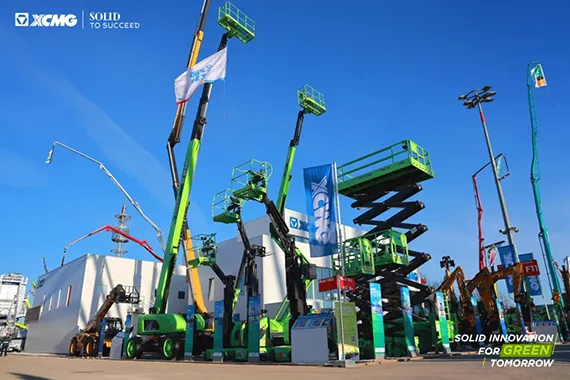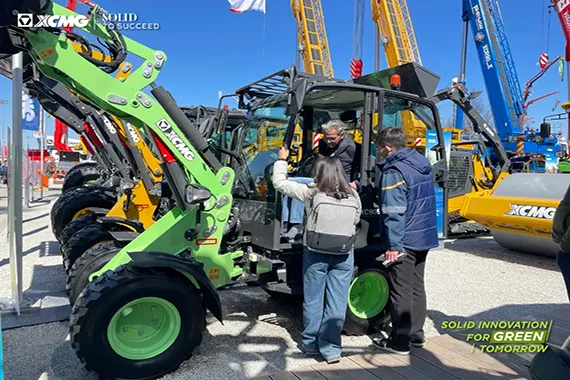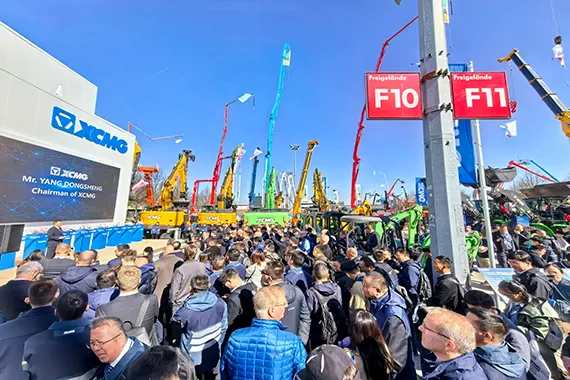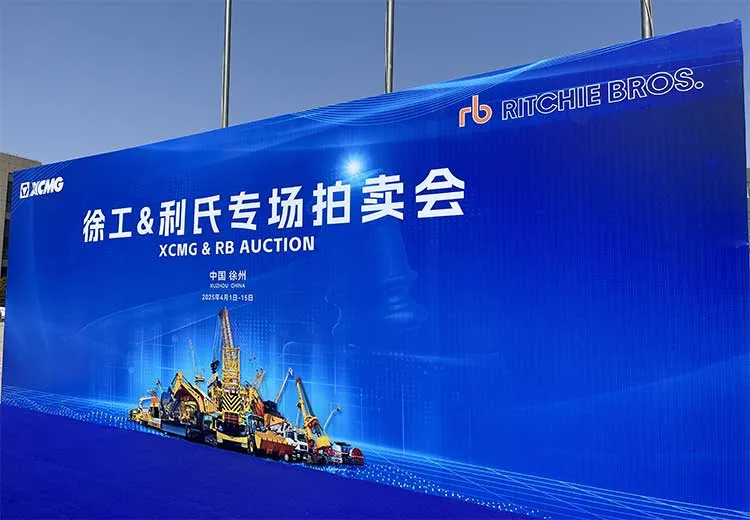Choosing the Right Lubricant
If you operate haul trucks, tractors, bulldozers or dump trucks, you’re
likely familiar with heavy-duty oils, but you may not know that different types
of heavy machinery require different lubricants.
Any machinery part that rotates or moves requires lubrication to
function correctly. Your choice of lubricant is an essential decision that
should take into consideration engines, transmissions, differentials, final
drives, hydraulic systems, cooling systems and gear reducers. Each of these
parts requires specialized care and consideration.
The environment, application and bearing speed are all important
factors to consider when choosing a lubricant to maintain optimum equipment
performance, and the oils required must also meet specifications set by the
Original Equipment Manufacturer (OEM).
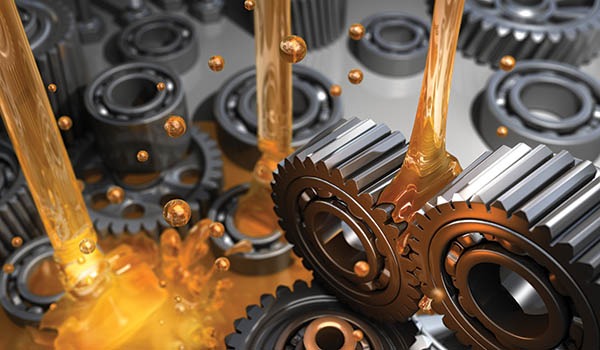
ENVIRONMENTAL FACTORS
The environment has an enormous impact on how well a lubricant will
perform. For example, one may perform well in a hot and humid environment,
while another may prefer a cooler, drier climate. Other environmental factors
impacting lubricant performance include dust, dirt and water.
The season in which you operate is also a factor to consider. Cold
winter temperatures require a lubricant with a lower pour point, while the
summer heat may demand one with higher shear stability that does not thin out.
APPLICATION CONSIDERATIONS
Another important consideration when purchasing lubricant for heavy
machinery is ensuring the product has been tested and approved for the
applications in which you will be operating. Oils used within the construction
industry are different from those used within the automotive industry in many
ways.
Many lubricants developed and formulated for the construction or
off-highway sector have undergone rigorous testing. This testing allows them to
perform well in heavily loaded, harsh operating conditions.
Some have also been enhanced with Extreme Pressure (EP) additives, and
additives such as moly in greases provide better lubrication in high shock load
applications, such as pins and bushings on an excavator.

MAINTENANCE SCHEDULES
A proper maintenance schedule can help you identify a minor problem
before it becomes significant and costly. Ensuring your team follows OEM
guidelines and recommendations is always a good policy when beginning a proper
preventative maintenance program.
Along with adhering to OEM compliance, we highly encourage the
implementation and use of a used-oil analysis program. Oil analysis enables a
starting point or baseline in which one can follow and study trends.
This type of program also allows for a scientific and data-focused
approach regarding the setting of oil drain intervals. Additionally, used oil
analysis programs are helpful when analyzing information from a sample report,
such as viscosity, wear metals and presence of water.
OEMs will also have a recommended interval for changing out all
lubricants. An end-user may be able to adjust these intervals using a fluids
analysis program, which gauges wear particles, and by upgrading to a semi- or
full-synthetic oil. A fluids analysis program can help construction
professionals save on downtime and repair costs.
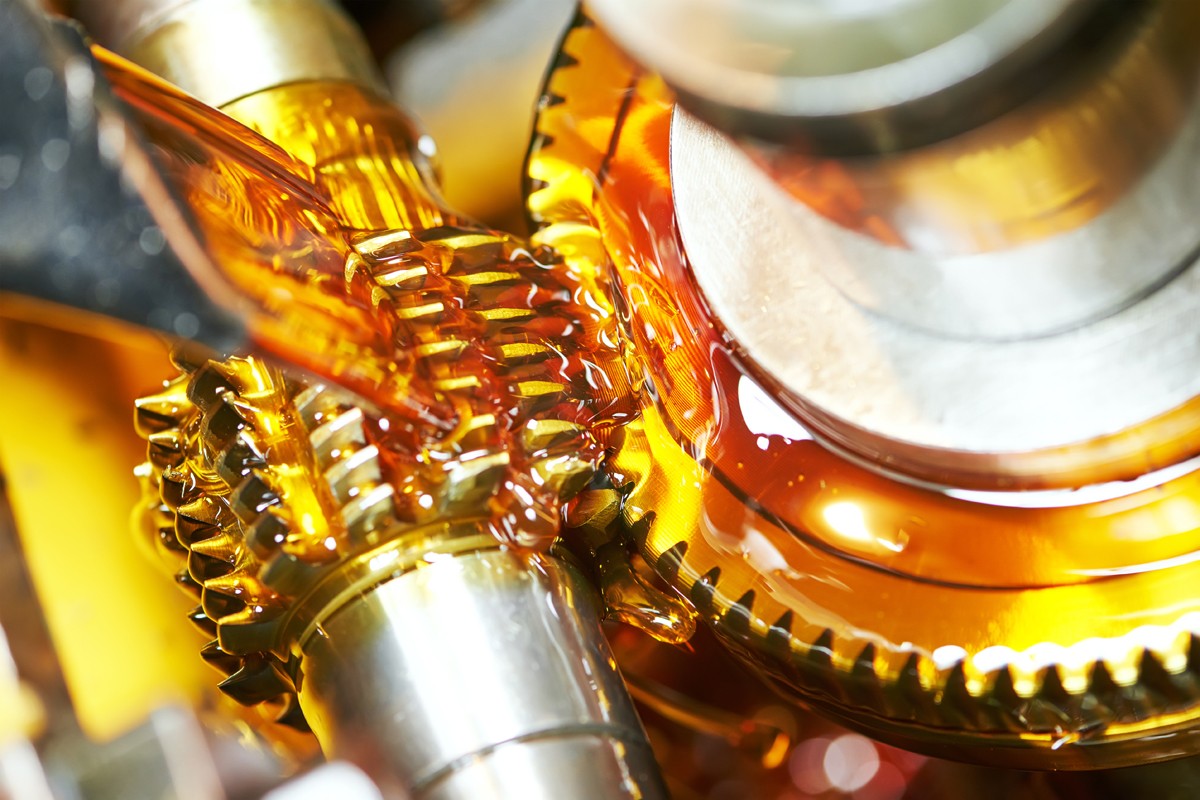
OTHER MAINTENANCE
Along with selecting high-quality, heavy-duty lubricants for your on-
or off-highway needs, it is also essential to look at your other fluids and
product selections. This should include fuel, whether it be gasoline, diesel or
biodiesel, as well as the selection of Diesel Exhaust Fluid (DEF), different
types of coolant and antifreeze for a mixed fleet, and the type of grease for
particular grease applications.
It is also good practice to keep vehicles and equipment clean and
well-organized. Proper cleaning may include regular washing, keeping a clear
windshield or area for visibility, and ensuring that windshield washer fluid
and DEF are always topped off.
EFFECTS OF IMPROPER MAINTENANCE
Improper equipment care or an unreliable preventative maintenance
schedule can cause unexpected and increased equipment downtime, as well as
costly repairs. A machine in the shop is unproductive and can cost a company a
lot of money. Downtime can lead to an increased cost of ownership and
ultimately lower profits. In addition to these inefficiencies, worker safety may
also be at risk.
You can easily avoid lower profits, inefficiency and safety concerns by
choosing the correct lubricant and maintaining proper equipment upkeep. If you
consider the climate, applications and maintenance requirements, you’ll be able
to keep your machinery running like new throughout the year.

